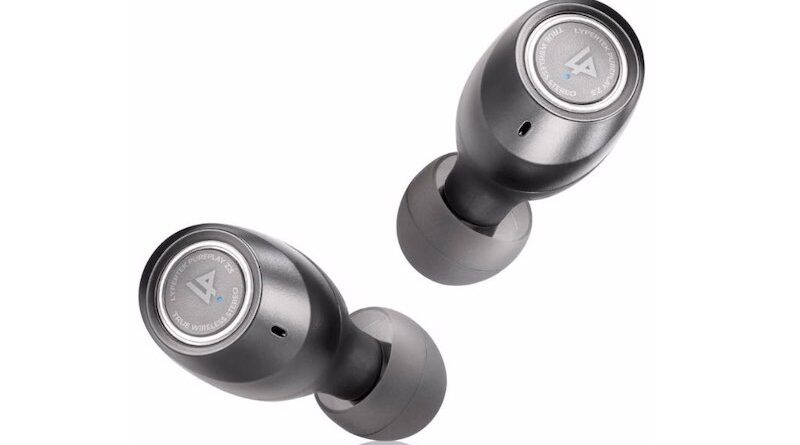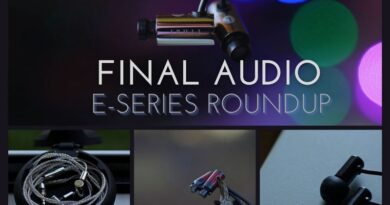Lypertek Tevi Z3 Powerplay Review – Even If and Especially When
Lypertek Tevi Z3 Powerplay: $100 seems to be the sweet spot for TWS these days, which is to say that while current faves like the Cambridge Melomania or the Soundpeats H1 are a significant sonic upgrade from the ubiquitous $30-50 models flooding Amazon, the technology hasn’t yet evolved to the point where spending $300 on a premium-branded model gets you much better sound.
Enter the $90 Lypertek Tevi Z3, which updates the uniformly-praised Tevi by adding Bluetooth 5.2 but allegedly sounds identical. Build is commensurate with price; while the large barrel-shaped buds protrude from your ears for a bit of the “Frankenstein’s bolts” effect, seal and comfort are good and despite the absence of ANC little outside noise intrudes. Secure fit and IPX7 rating makes these gym-worthy. Connection is stable and the accompanying app provides for useful presets as well as custom EQ options (there’s also an unnatural-sounding “LDX” mode, which acts like the loudness button and gives more weight to the lower frequencies).
Call and mic quality are serviceable. The fabric-covered charging case is a bit large for pocketability, but provides for a class-leading 70 hrs. of use, including 10 hrs. on the buds. The physical control buttons are a bit quirky and don’t always register the pushes.
In its default setting, the Z3 registers a bit bright and balanced, without emphasis on any particular frequency; they’re coherent and clean but a bit lean and uninvolving. Changing to the Rock or Pop preset (or cranking up the midbass and treble in the custom EQ) hugely enlivens these—low end becomes full-bodied, well-sculpted and mostly bloom-free, if lacking the deepest notes. Mids are likewise full-bodied and very clear, while treble is crisp and free from glare and digital artifacts but rolls off at the extremes.
Tonality overall is good—the Z3 lacks the fullness and natural warmth of the Cambridge and doesn’t reproduce percussion quite as accurately, but likewise sounds less compressed and artificial than its cheaper rivals or even pricier Samsung/Apple. As with the Klipsch T5II, the Z3 can be quite unforgiving of poor recordings or lower-quality files (320kb Spotify sounds markedly worse than FLAC on Radio Paradise). The T5II does present more high-end information and is more revealing, but the Z3 is more live-sounding and energetic, with more timbral body. The comparably priced Soundpeats likewise have more microdetail (as well as deeper bass) but have a shoutier, occasionally piercing high end. At least from memory, I like the Z3 more than the cosmetically similar, >$250 Sennheiser MTW2, which registered as just a little bit laid-back .
Where the Z3 really stand out is in soundstage size—they present an extremely wide (albeit somewhat low) stage which extends well beyond your ears and does a very good job of sorting out complex arrangements and orchestral passages. Stereo separation is precise and there’s a lot of air between performers. The overall effect is to make the Z3 sound like full-sized, open-back headphones—they have a fuller, richer sound than most of its peers and, of all the TWS I’ve heard, sound the least like TWS. They are also refreshingly loud—unlike the mainstream brands, which generally need to cranked to the max to rock sufficiently, the Z3 have plenty of oomph even at 50%.
I’ve little doubt there’s better TWS out there—I’m hearing raves about offerings from Nuratrue, Devialet, et. al.—but it remains an open question as to whether the differences are cost-effective. The Z3 are, ultimately, tough to criticize and something of a bellwether for the genre.
Non-Disclaimer: borrowed from a friend—I’ve been dodging his calls ever since









